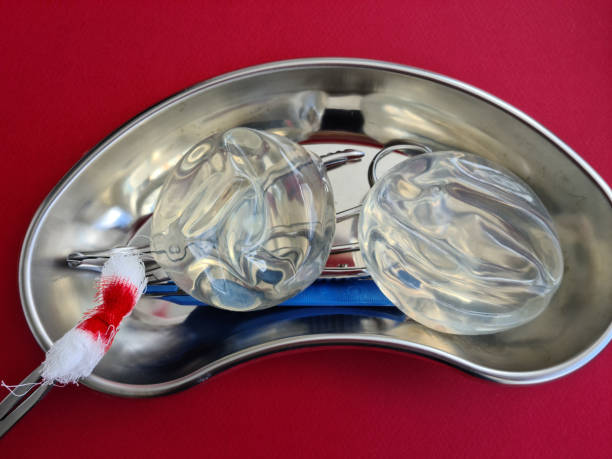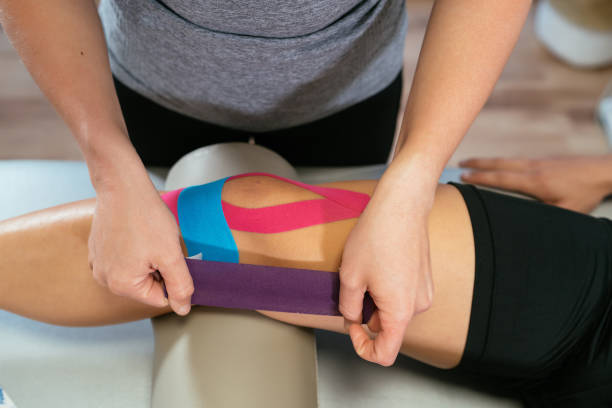As National Physical Therapy Month highlights, physiotherapy is a vital component in sculpting a life of quality, independence, and holistic well-being. It is used to alleviate age-related pain, maintain mobility and enhance functionality in seniors.
Physical therapists create personalized exercise programs to suit an individual’s capabilities and health conditions. They also work on balance training to prevent falls, which can be especially dangerous for older adults.
Improved Mobility
As people age, their joints become stiffer and painful and their muscles weaken. When this happens, it can be difficult to complete everyday tasks like walking or climbing stairs without a struggle. With a customized treatment plan from a qualified physical therapist, seniors can improve their mobility and live a more independent lifestyle.
Watsonia physio techniques alleviate pain, reduce stiffness and improve range of motion. These exercises, along with manual therapy and education on proper posture and daily activities, help seniors manage their condition and increase the quality of their life. The benefits of physiotherapy for seniors extend beyond the physical to include emotional and social well-being.
Achieving and maintaining a high level of mobility is vital for seniors’ independence, quality of life, dignity and happiness. It can also decrease the likelihood of falling or injury, which is a common occurrence among seniors and leads to complications such as bone fractures or head injuries.
PT includes balance training and strengthening exercises that improve strength, flexibility, and endurance. This can significantly decrease the risk of falls and other injuries, as well as strengthen bones and improve balance. Moreover, PT helps seniors build their confidence and self-esteem, making them feel more capable of living independently. This way, they can continue enjoying their hobbies and engage in social activities with family and friends.
Reduced Pain
Physiotherapy is a hands-on treatment that focuses on improving physical function through the use of manual therapy techniques, exercise prescription and education on injury prevention. Through these methods, physiotherapists can help patients improve strength, flexibility, balance and mobility while reducing pain and inflammation, and boosting overall function.
Many seniors struggle with chronic pain related to illness or injury, which can lead to reduced mobility and increase the risk of falls. Physiotherapy provides a non-invasive, non-pharmaceutical way to manage pain for older adults and enables them to live active lifestyles in a safe environment.
In addition to addressing pain and mobility issues, physiotherapy also helps to reduce stress and anxiety for seniors. By implementing relaxation techniques like meditation and deep breathing exercises, therapists can help seniors to feel more comfortable with their current situation.
Seniors who receive physiotherapy at Excel Body and Health can experience significant improvements in their quality of life. They are able to move around with ease, enjoy their favourite hobbies and activities, and maintain social connections. Keeping active with the help of physiotherapy can mean the difference between living independently or needing to transition into in-home care or an assisted living facility. The goal is to ensure that seniors can remain healthy and active throughout their golden years.
Increased Stamina
As you age, it’s natural to experience aches and pains. This can lead to a reduction in mobility, which can be frustrating and limit your quality of life. However, you don’t have to resign yourself to a lack of movement; instead, you can improve your strength, balance and flexibility with regular physiotherapy.
Physiotherapy includes a wide variety of techniques, which are customised for individual conditions and health goals. This helps to alleviate pain, improve movement and restore function. It also reduces the risk of falls and promotes healthy, active lifestyles.
Geriatric physiotherapy is specifically designed to help elderly people manage a range of medical conditions and injuries. This may include joint and hip replacements, arthritis, muscle pain, dementia, balance disorders and incontinence. In addition to this, physiotherapy can also be used to help improve a person’s heart health and lung capacity by incorporating cardiovascular exercises into the sessions.
Regular exercise also boosts mood, which can be beneficial for elderly patients who are dealing with mental health issues. This can be caused by loneliness, the loss of friends and family members or simply struggling to cope with the physical limitations that come with aging. The exercises and movements used in physiotherapy can also release endorphins, which are natural mood boosters. This can be particularly helpful for seniors who are suffering from depression and anxiety.
Improved Mental Health
Many seniors experience chronic pain due to illness, injury or surgeries. Through techniques like manual therapy and heat/cold therapy, physiotherapy can help relieve this pain and improve overall comfort for elderly individuals. Physiotherapy also plays an important role in rehabilitation from surgery or injury, helping to increase strength and mobility.
Physiotherapy can also improve the mental health of seniors. It can help to reduce the risk of falls, which is a serious issue for older adults that often leads to serious injuries and a loss of independence. Physiotherapists are able to evaluate and address the unique strengths and weaknesses of seniors, creating a customized plan to help them avoid falling or sustaining an injury.
Additionally, physiotherapy can offer social interaction for seniors, which is an essential part of maintaining good mental health. During a physiotherapy session, seniors can interact with other people in a safe and supportive environment and can work on strengthening their balance and endurance.
Physiotherapy is a vital component of senior care because it can significantly improve the quality of life for seniors. By using a combination of tailored exercises, balance training, fall prevention strategies and pain management, physiotherapy can empower seniors towards improved mobility, greater self-sufficiency and a healthy, independent lifestyle. This non-invasive approach is one of the best ways to safeguard a person’s health and wellbeing throughout their golden years.















